Sometimes the drama doesn’t stop when the credits roll. Some movies slip off the screen and into the shadows of real life, sparking shocking true crimes. From sinister echoes of on-screen violence to fans turning into villains, explore a list of movies that inspired real-life crimes that shook the world.
Step into this darkened theater of reality, where the tales are all too true and every shadow could tell a story.
The Collector (1965)
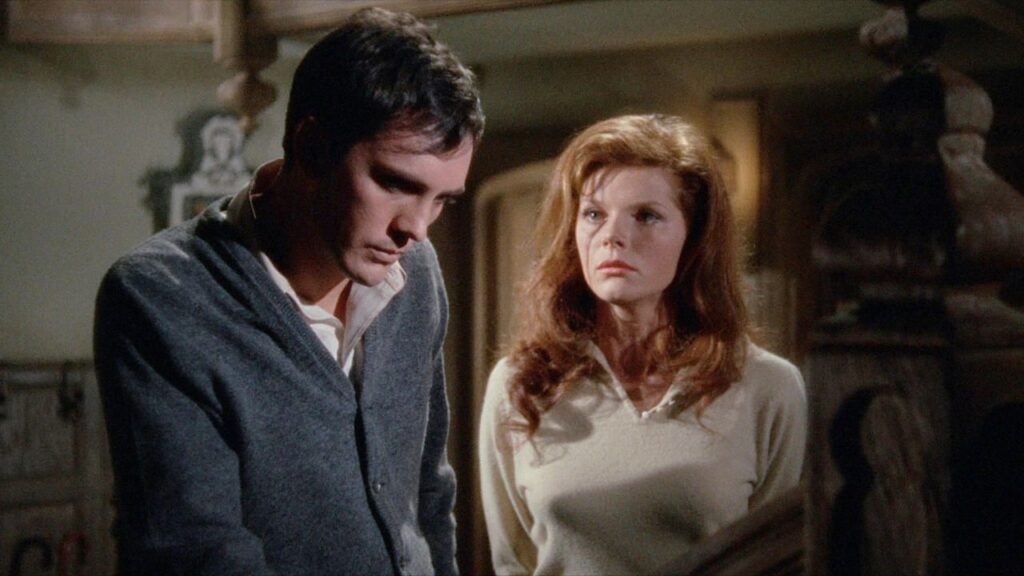
Let’s peek at “The Collector” from 1965, a drama-thriller that snared a surprising audience: real-life criminals. Directed by William Wyler, this film portrays Terence Stamp as Freddie Clegg, a socially awkward butterfly collector who steps into the dark by kidnapping a woman to keep as a living collectible.
But here’s where art bleeds into reality. Serial killers like Leonard Lake and Charles Ng, who infamously dubbed their sinister activities “Operation Miranda,” drew sick inspiration from the film. They weren’t alone. Christopher Wilder and Robert Berdella also harbored obsessions with the film, which they translated into heinous crimes.
Clockwork Orange (1971)
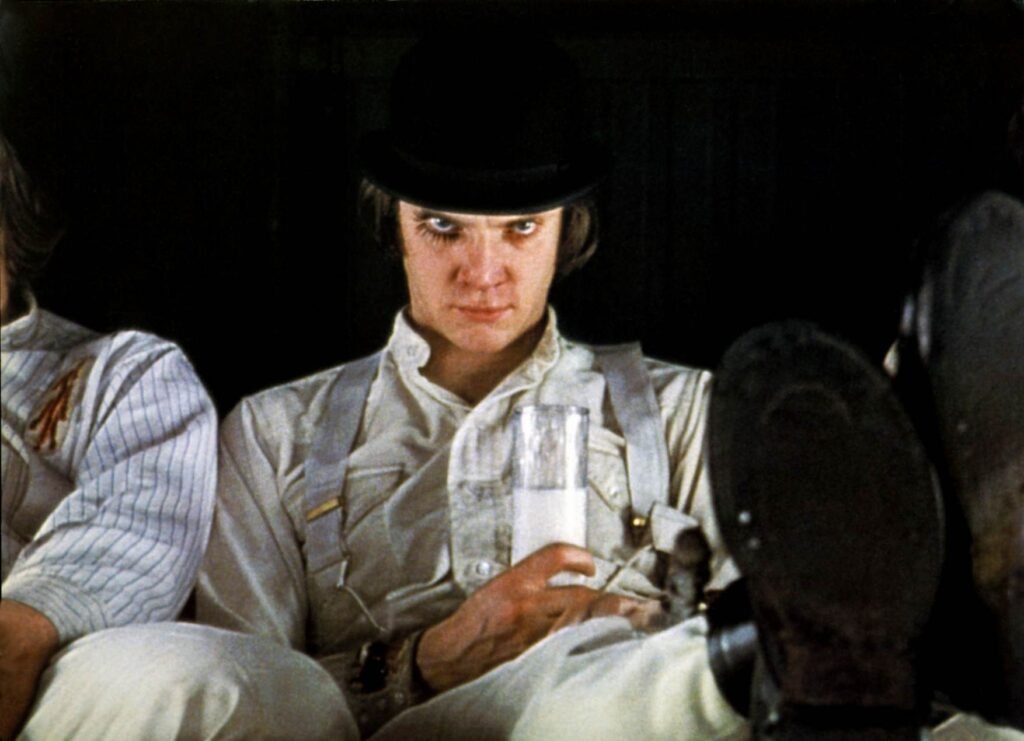
Could a film so steeped in “ultraviolence” spark real violence? Enter Stanley Kubrick’s “A Clockwork Orange,” a movie so controversial that it originally scored an “X” rating. Based on Anthony Burgess’s novel, a young gang leader, Alex, played by Malcolm McDowell, engages in extreme criminal acts.
In 1973, echoing a brutal scene from the film, a British teen was reported to have killed a homeless man. In Lancaster, a gang mimicked another violent act from the movie during a horrific crime. These events, among others, prompted Kubrick himself to pull the movie from UK theaters, an unprecedented move that underscored the potent, unsettling connection between on-screen fiction and off-screen reality.
The Exorcist (1973)
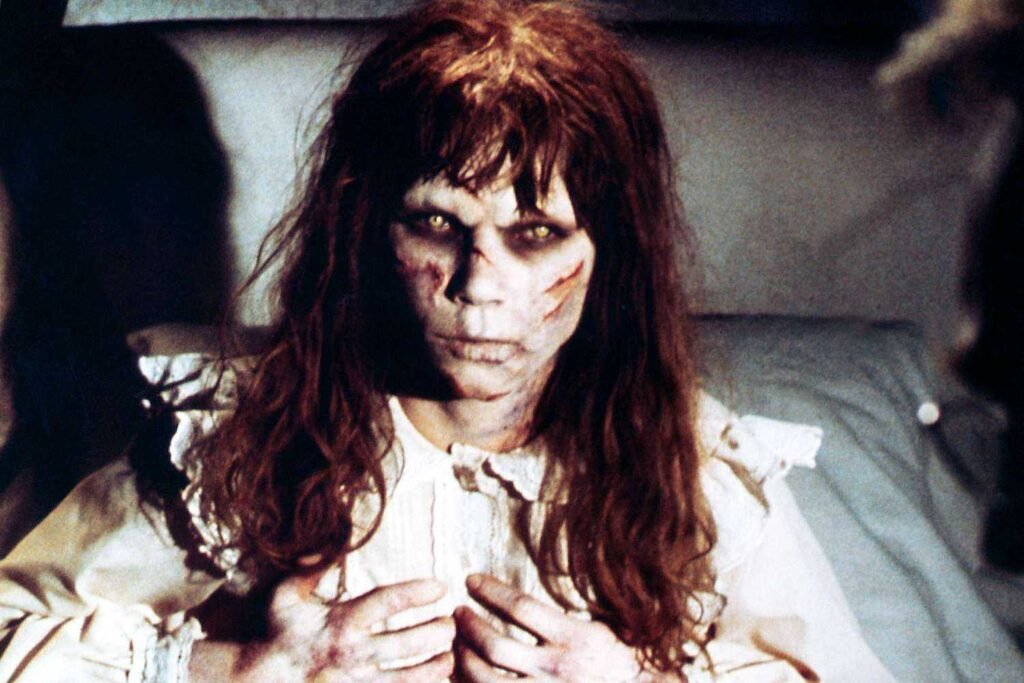
“The Exorcist,” is well known not only for its chilling scenes but for the unsettling impact it had off-screen. Released in 1973, this film features a young girl possessed by a demonic force, prompting an intense battle with two Catholic priests to save her soul.
But the terror didn’t stay confined to the screen. In a harrowing twist of life imitating art, a tragic event in 1980 saw Patricia Frazier of Wichita Falls, TX commit an unthinkable act against her daughter. She believed her daughter to be demon-possessed after watching this film. The court later attributed her actions to “cinematic trauma,” illustrating the profound and sometimes perilous influence that movies can wield over the human psyche.
Friday the 13th (1980)
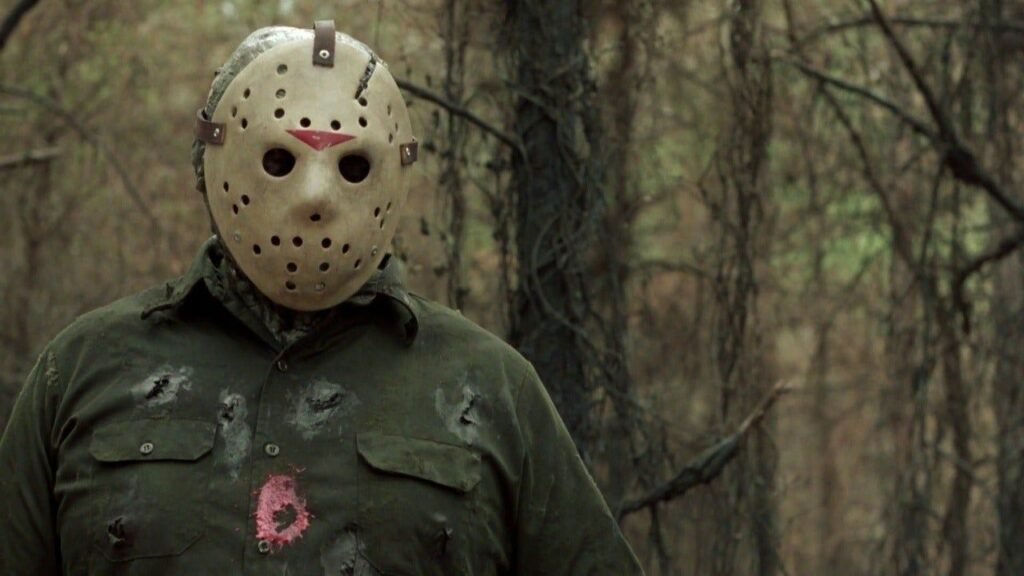
“Friday The 13th”, known for its iconic antagonist Jason Voorhees, has not only terrified viewers but also influenced them in profoundly disturbing ways. The plot revolves around a series of grisly murders at Camp Crystal Lake, setting a chilling backdrop for horror enthusiasts.
In a grim imitation of fiction, in 1988, Mark Branch, a fan of the series, donned a hockey mask similar to Jason’s and murdered Sharon Gregory, an 18-year-old psychology student. The incident underlines a horrifying blur between fan adoration and fanaticism, culminating in Branch’s own death by suicide shortly after the crime.
Halloween II (1981)
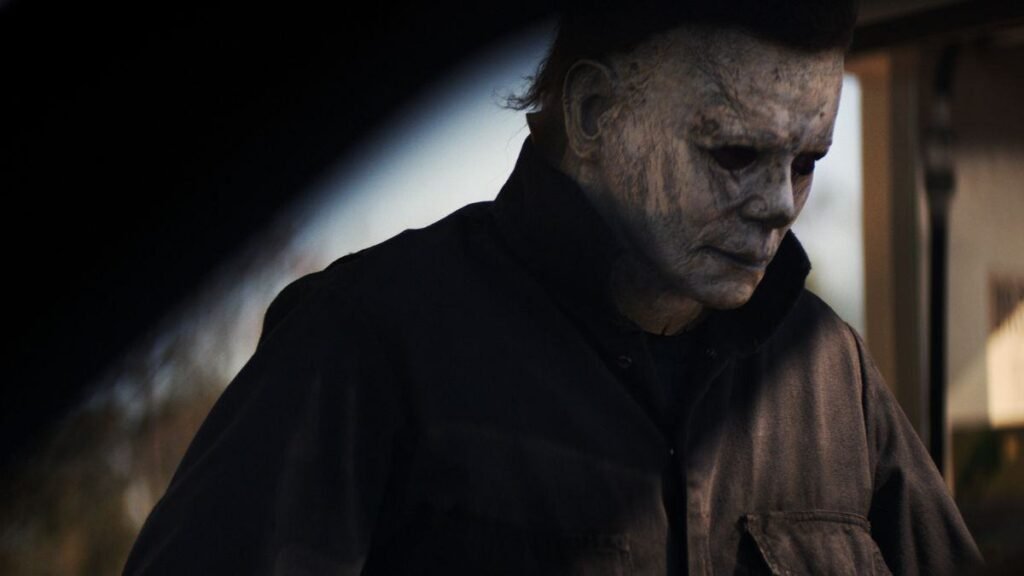
“Halloween II,” a continuation of the chilling saga of Michael Myers, paints a stark portrait of horror that transcends the screen. Released in 1981, this sequel sees the unstoppable Myers stalking Laurie Strode, played by Jamie Lee Curtis, to a hospital, weaving a tale of relentless pursuit and terror.
This horror has echoed disturbingly in reality. Richard Boyer, influenced by the film and under the influence of substances, tragically mirrored the film’s violence in a gruesome act against an elderly couple in 1981. Later, in 2012, Jake Evans, deeply affected by Rob Zombie’s 2007 remake of the original “Halloween,” committed an unspeakable crime against his own family, claiming the film’s portrayal of ease in committing murder left an indelible mark on him.
A Nightmare on Elm Street (1984)
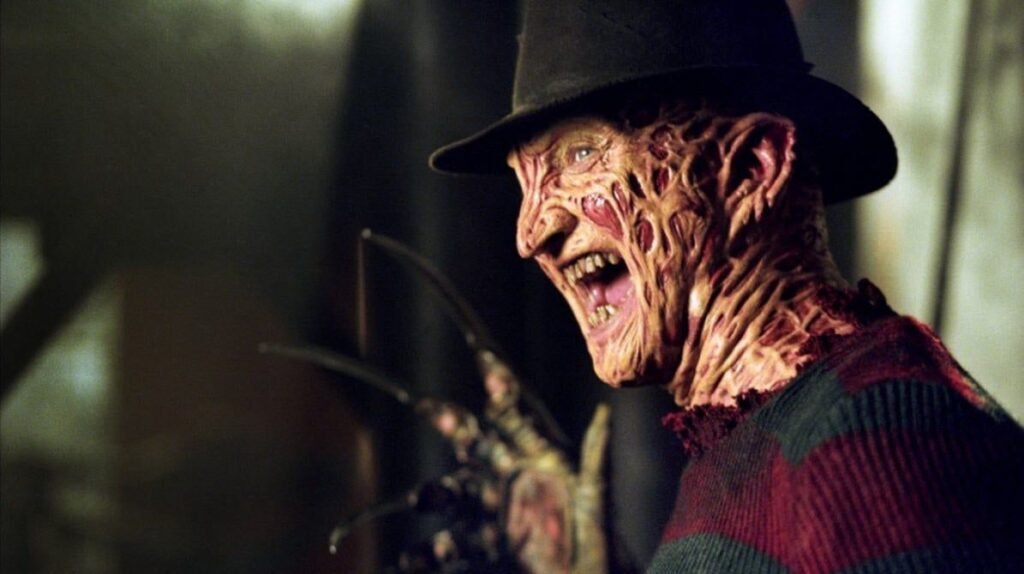
What happens when nightmare fantasies spill into waking horror? “A Nightmare on Elm Street,” crafted by Wes Craven in 1984, introduces Freddy Krueger, a villain who preys on teenagers in their dreams, wielding a glove armed with razor blades. This chilling concept plays with the boundary between dreams and reality, ensnaring viewers in a terrifying world where sleep becomes a gateway to death.
The dark influence of this franchise reached beyond the screen in a grim reality when Daniel Gonzalez, in 2004, replicated the horrors of Freddy Krueger during a three-day killing spree across Britain. His violent acts, driven by a blend of psychosis and cinematic inspiration, underline the stark impact such vivid horror can have on unstable minds.
Child’s Play (1988)
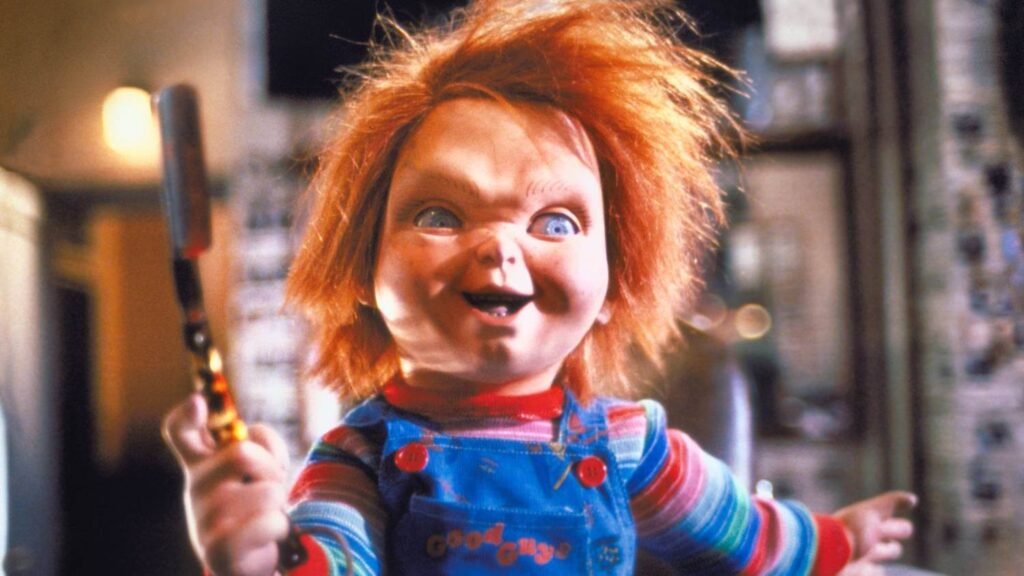
“Child’s Play 2,” a sequel to the original “Child’s Play,” was released in 1990 and continues the sinister saga of Chucky, the doll possessed by the soul of a serial killer. As Chucky relentlessly pursues young Andy Barclay, the psychological horror unfolds with terrifying puppetry and dramatic thrills.
Yet, reality disturbingly mirrors the fictional horror. Martin Bryant, who perpetrated the 1996 Port Arthur Massacre in Australia, chillingly idolized Chucky, even adopting phrases from the film. Similarly, the horrific case of James Bulger in 1993 involved child murderers reportedly inspired by “Child’s Play 3.” Suzanne Capper’s brutal murder in 1992 and Elena Lobacheva’s 2015 killing spree also echo the movie’s violent themes, with Lobacheva even known as “The Bride of Chucky.”
RoboCop 2 (1990)
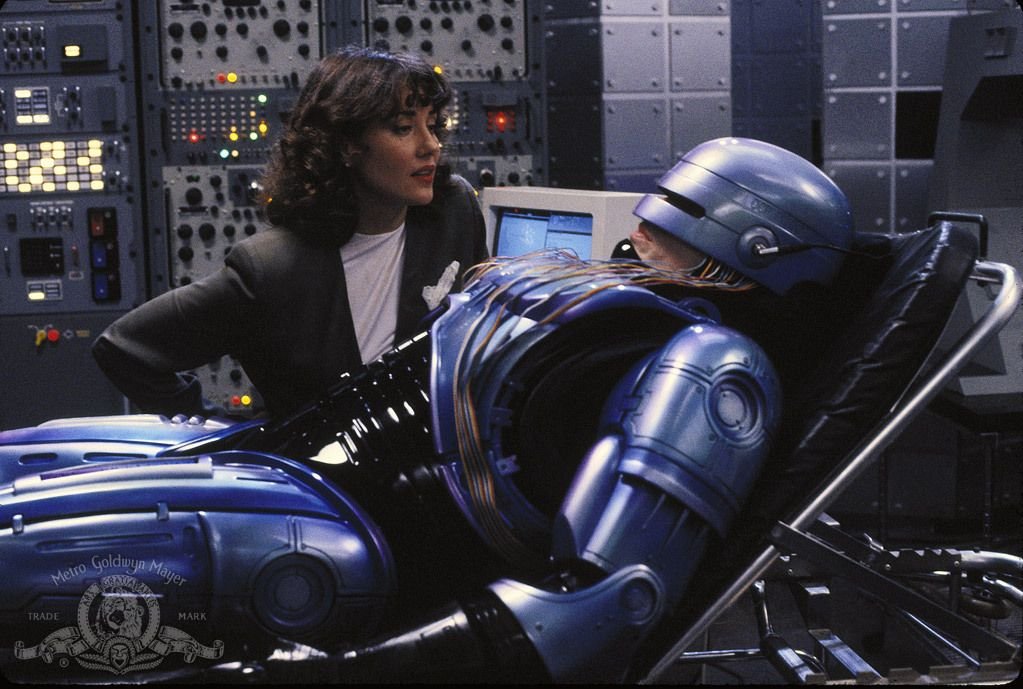
“RoboCop 2,” released in 1990, dives back into the dystopian and crime-ridden world of Detroit, presenting a sequel where RoboCop battles a monstrous new foe—an evil version of himself. The film, directed by Irvin Kershner, intertwines action, crime, and science fiction, carrying on the legacy of the ultra-violent RoboCop universe.
However, the impact of this film’s portrayal of violence spilt over into real life in a deeply troubling way. Nathaniel White, a convicted serial killer, cited a specific scene from “RoboCop 2” as inspiration for one of his gruesome murders. White’s mimicry of the film’s brutal violence highlights the potential influence of cinematic violence on individuals predisposed to aggressive and criminal behavior.
Ever wondered what your favorite nightmares were like before they hit the big screen? Read 14 Horror Movies That Need a Prequel
Natural Born Killers (1994)
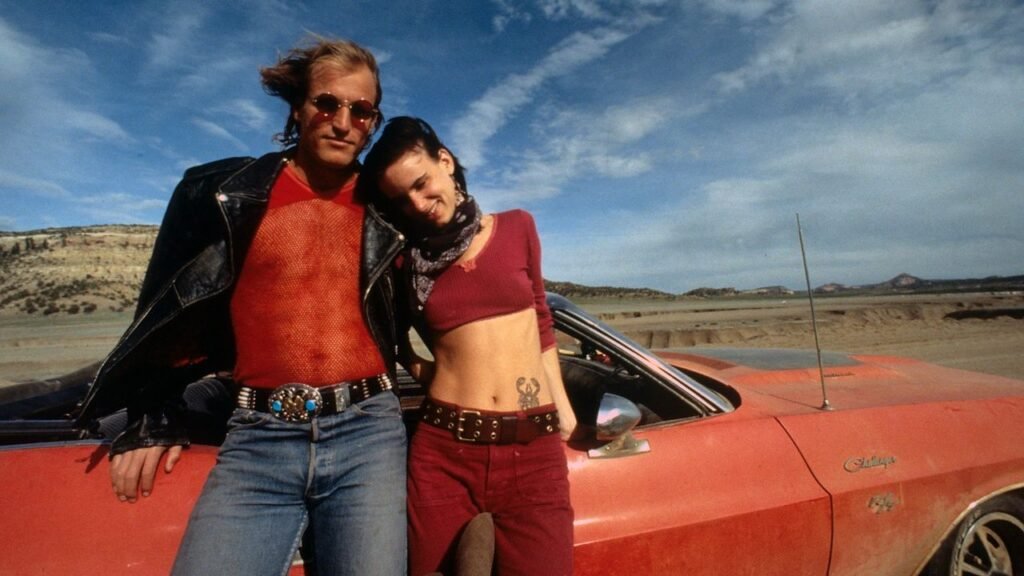
“Natural Born Killers,” directed by Oliver Stone and released in 1994, is a film that provocatively explores the relationship between media, violence, and celebrity culture. Starring Woody Harrelson and Juliette Lewis as Mickey and Mallory Knox, the film follows the couple’s murderous rampage across the United States and the media frenzy that ensues.
However, the film’s graphic content and its portrayal of its protagonists as anti-heroes have had a controversial impact beyond the screen. Notably, “Natural Born Killers” has been cited in several real-life violent incidents. In 1995, Sarah Edmondson and Benjamin Darras committed shootings after allegedly watching the film, an event that spurred debates about the influence of media violence on real-world actions. The film also appeared in the diaries of the Columbine High School shooters and was connected to other crimes, including a murder by a teenager who claimed he wanted to emulate the film’s characters.
Scream (1996)
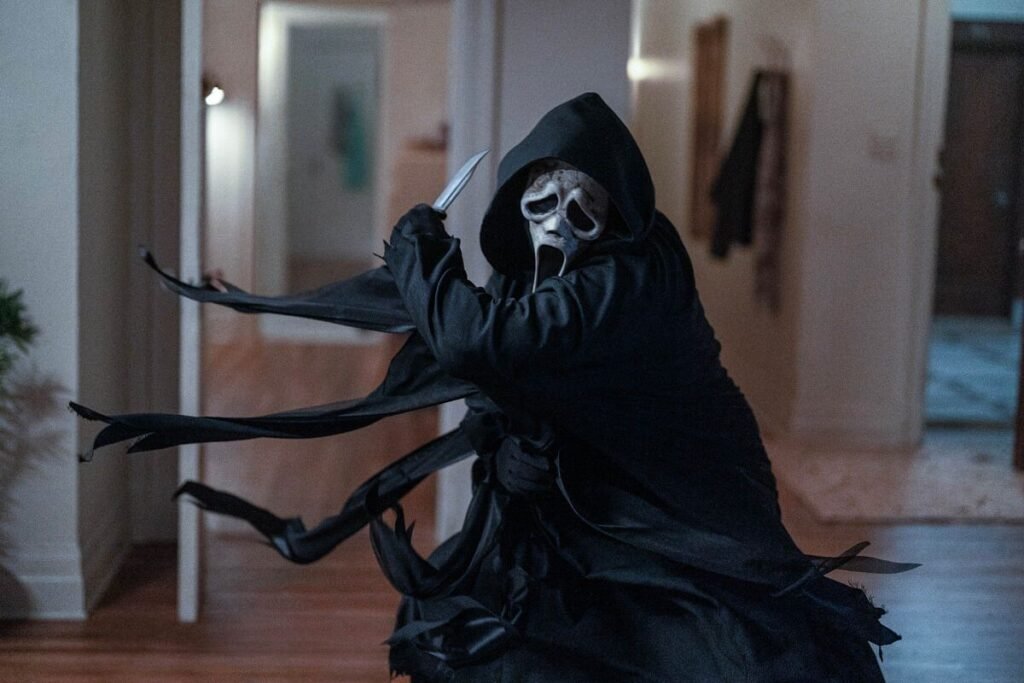
“Scream,” directed by Wes Craven and released in 1996, revitalized the horror genre with its unique blend of horror and mystery, coupled with a self-referential style that parodies slasher film clichĂ©s. The movie follows Sidney Prescott, a high school student in the fictional town of Woodsboro, California, who becomes the target of a mysterious killer known as Ghostface.
However, the influence of “Scream” extended beyond its cinematic achievements. The film linked to several real-life crimes, suggesting a disturbing effect on certain individuals. Notable incidents include a son murdering his mother in California in 1998 and two British teenagers reportedly drawing inspiration from the film to commit a stabbing in 1999. In 2001, a Belgian man committed murder while donning the Ghostface mask, and in 2006, the murder of Cassie Jo Stoddart was reminiscent of the film’s plot, with the perpetrators recording their plans and motives on video.
The Matrix (1999)
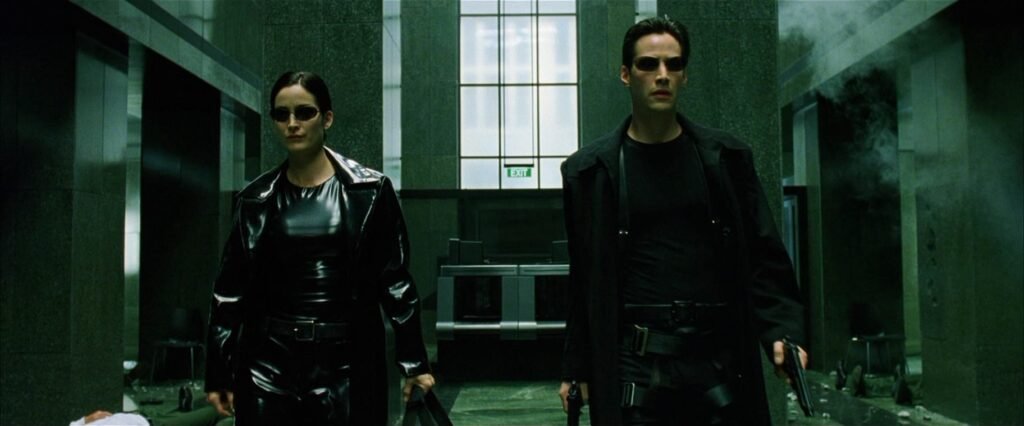
“The Matrix,” directed by Lana and Lilly Wachowski and released in 1999, is a groundbreaking film that blends action and science fiction to explore complex themes of reality and human consciousness. The story follows Neo, played by Keanu Reeves, as he discovers that sentient machines have created his reality as a simulation to subdue the human population while they harvest human body heat for energy.
Nevertheless, the influence of “The Matrix” has extended into more troubling territory with its association with several real-life violent incidents. Individuals like Vadim Mieseges, Tonda Lynn Ansley, and Lee Boyd Malvo cited the film as a significant influence on their perception of reality and justification for their criminal actions. These incidents have raised ethical questions about the impact of cinematic violence and the responsibilities of filmmakers in portraying such themes.
Saw VI (2009)
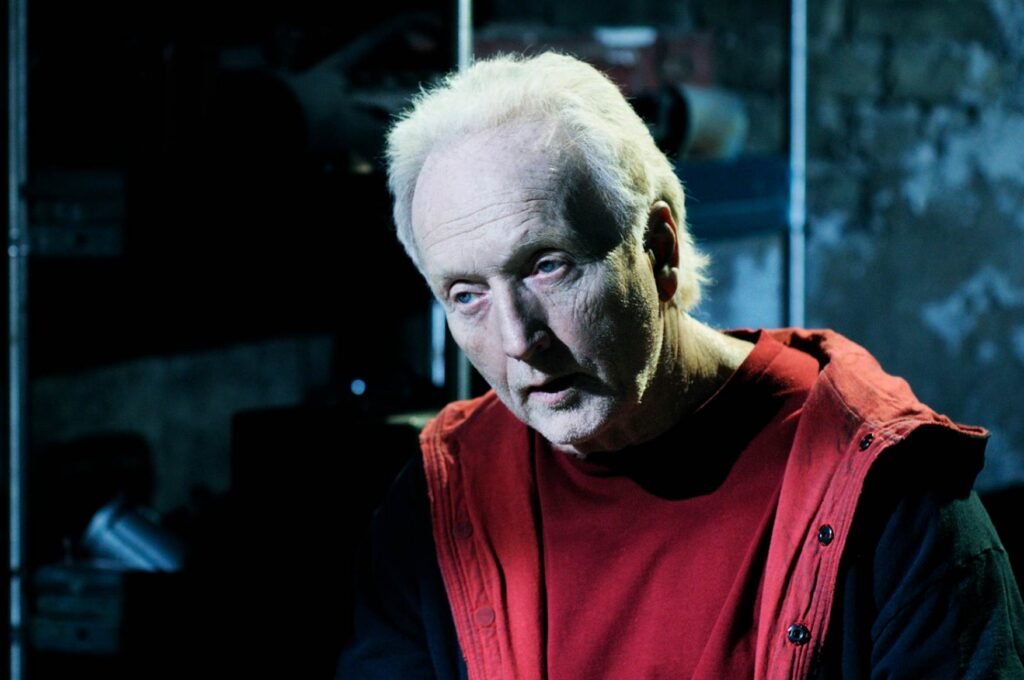
“Saw VI,” released in 2009 as part of the widely recognized Saw horror film series, is known for its intricate plot involving a series of deadly traps and moral games orchestrated by the Jigsaw killer.
Still, the influence of “Saw VI” and the broader franchise has permeated beyond cinematic horror into more disturbing realms. In one notorious case, Matthew Tinling received a 30-year sentence for the murder of Richard Hamilton. During the crime, Tinling tried to mimic a scene from “Saw VI” by attempting to sever the spinal cord of his victim, mirroring the calculated cruelty depicted in the film.
Fight Club (1999)
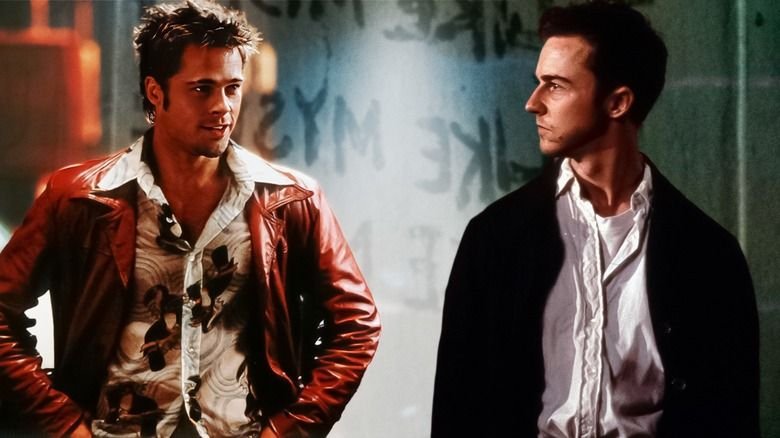
“Fight Club,” directed by David Fincher and released in 1999, critiques modern capitalist society and is known for its memorable line, “The first rule of Fight Club is: you do not talk about Fight Club.” The movie, praised for its innovative direction and powerful performances by Brad Pitt and Edward Norton, also sparked significant controversy and real-world imitation.
The concept of fight clubs, where men engage in recreational hand-to-hand combat, became a disturbing reality. Notably, the film influenced the creation of actual fight clubs as portrayed by the events in New Jersey and St. Louis, where daycare workers set up a “Toddler Fight Club,” involving children in physical fights, mimicking the secretive and violent aspects of the movie’s clubs.
The Dark Knight (2008)
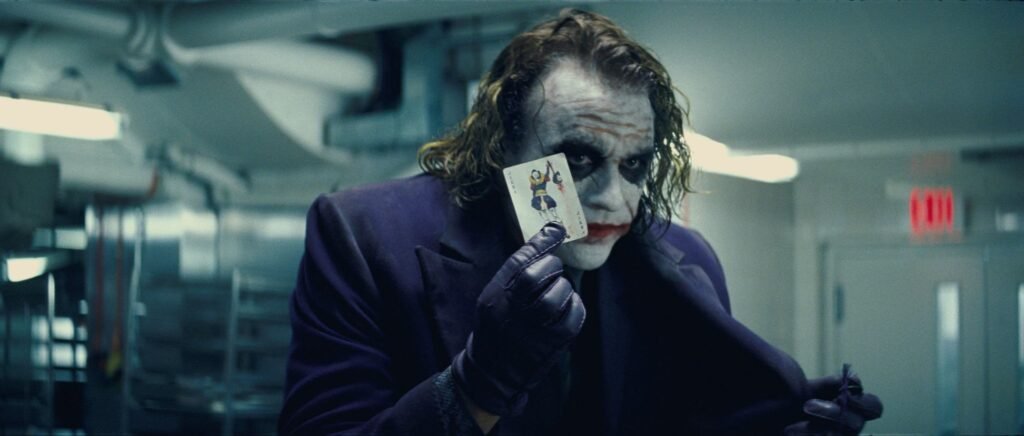
“The Dark Knight,” directed by Christopher Nolan and released in 2008, is renowned not only for its compelling narrative and complex characters but also for Heath Ledger’s iconic portrayal of the Joker.
Yet, the influence of the Joker character has extended beyond the screen in troubling ways. Notably, incidents like the 2009 self-mutilation by a high school student emulating the Joker’s scars and the Dendermonde nursery attack in Belgium, where a young man dressed as the Joker killed three people and wounded twelve others, underline the profound impact that film characters can have on individuals.Â
The Purge (2013)
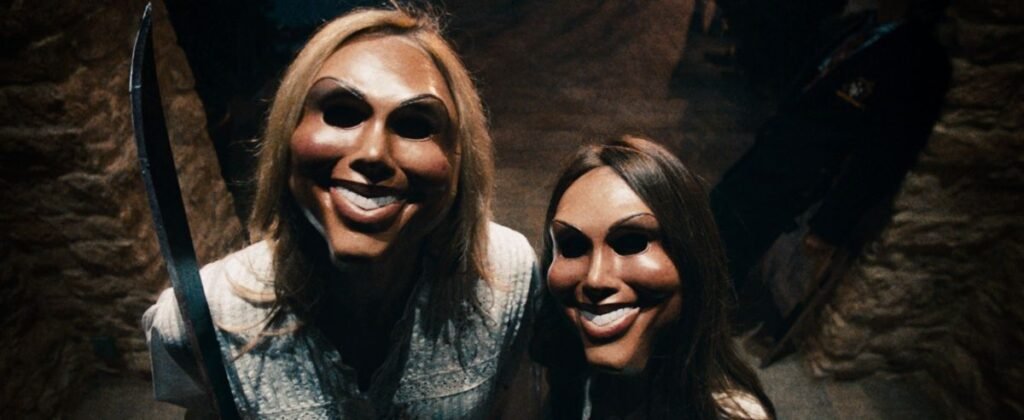
“The Purge,” released in 2013 and directed by James DeMonaco, introduces a dystopian concept where, for one night each year, all crimes, including murder, are legal.
This film series has not only captivated audiences with its thrilling narrative but has also sparked real-world discourse and incidents that reflect the film’s themes. Notably, in Louisville, KY, a moral panic ensued in 2014 with residents fearing a real-life “Purge” event leading to a city-wide lockdown. More disturbingly, in 2016, a young man in Indiana embarked on a killing spree, invoking “The Purge” as his inspiration.Â
Learn about 12 Gripping Facts You Didn’t Know About The Crow

